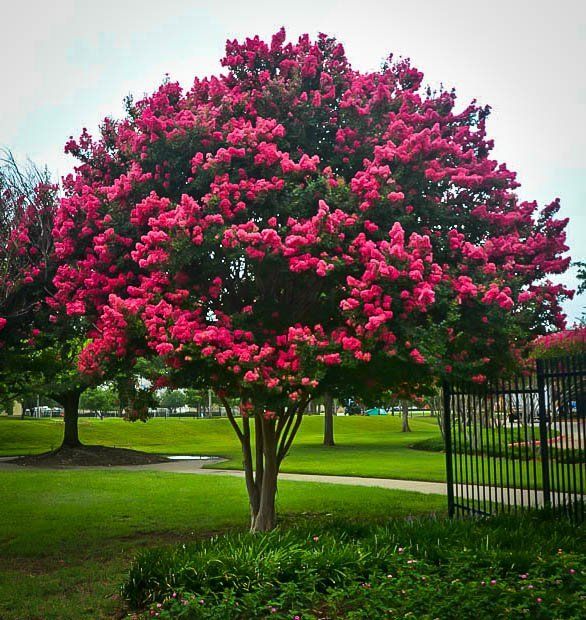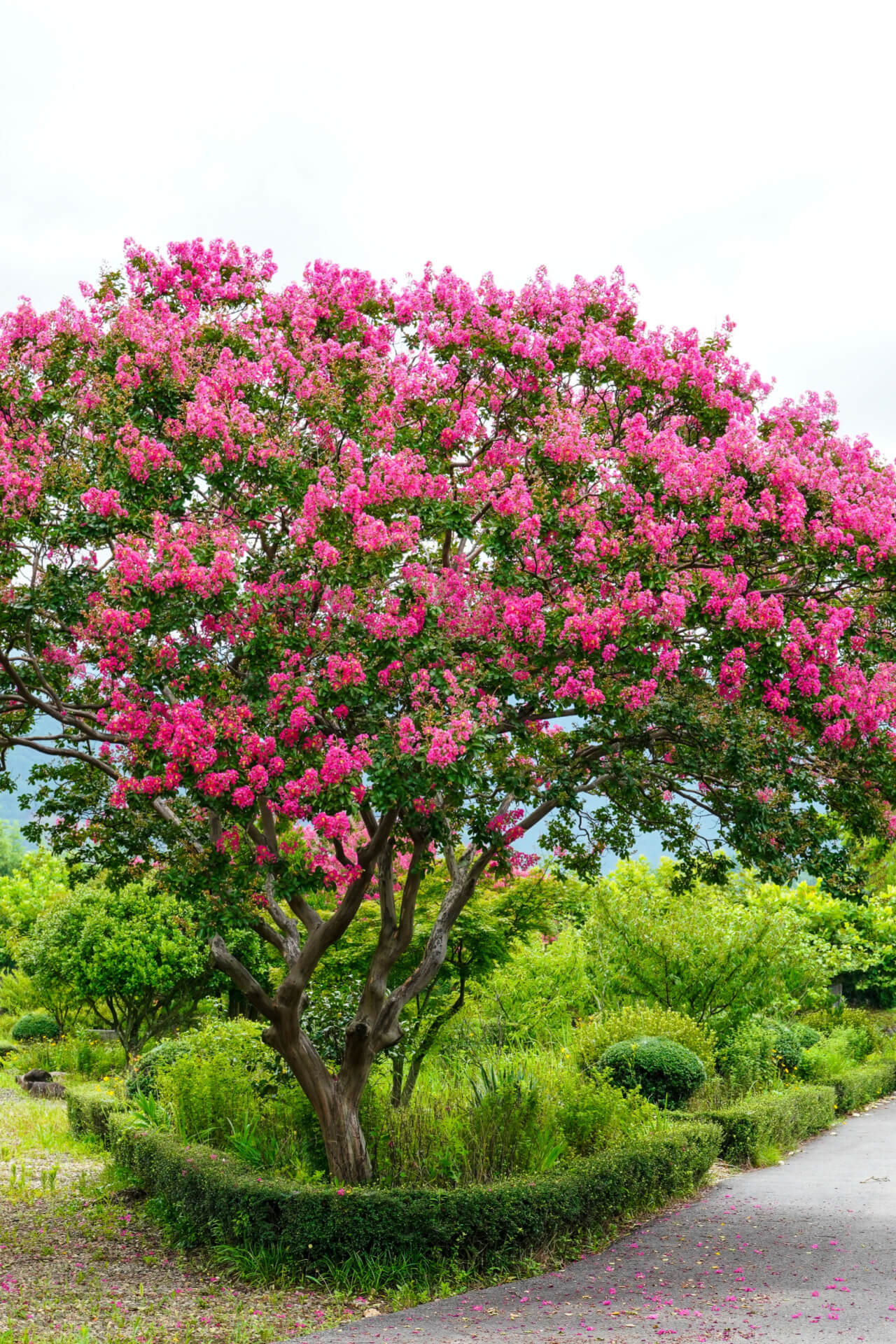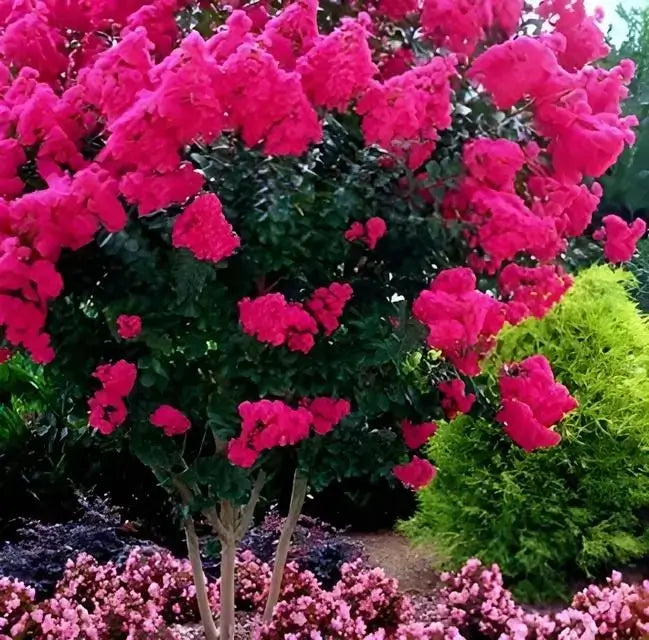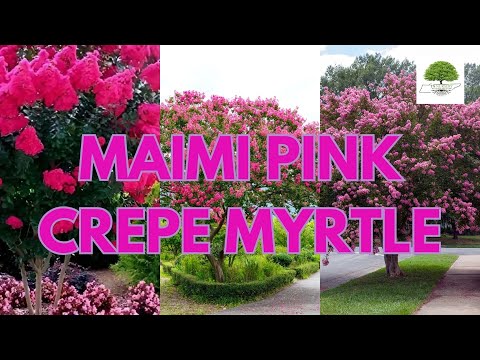Miami Pink Crepe Myrtle For Sale
The Miami Pink Crepe Myrtle, Lagerstroemia indica ‘Miami’ is known for its long lasting, ornamental pink flowers and exfoliating bark. When everything else stops blooming, the crepe myrtle starts blooming at the end of July. It's a long-blooming shrub that is the most beautiful flowering shrub blooming the end of summer.
Plant Details
Family: Lythraceae
Light Requirement: Full Sun
Water Needs: Moist
Height: 15 - 20 ft.
Spread: 10 – 15 ft.
Growth Rate: Fast
Bloom Time: Summer
Flower Color: Pink
Wildlife Value: Attracts bees, butterflies, birds
Maimi Pink Crepe Myrtle Landscape
The Miami Pink Crepe Myrtle is a highly ornamental, fast-growing deciduous tree that boasts lush, deep green leaves and pink flowers.
Plant this tree as a focal point in your yard, landscape, or garden. This specimen is a must-have for Crepe Myrtle collectors. You can plant this tree to create an elegant allée or shade garden or to have a gorgeous accent in your garden. This tree is also an excellent choice for planting as a living privacy hedge or screen.
Plant it in a location with well-draining soil, such as loamy or sandy soil. Water this tree thoroughly until it has become well established in its new location and continue to water it in especially dry conditions. Avoid planting this tree in a location with compacted soil.
This is a low-maintenance tree that significantly impacts the landscape without much interference or direct care from you.
Do you want more out of your new plants than just one season of beauty? Plant this tree to enjoy four-season interest. Its long-lasting flowers are a beautiful shade of pink and create a dazzling display in the summer, while its exfoliating bark in creams and tan is especially vibrant in the winter months.
Key Features | Miami Pink Crepe Myrtle Benefits & Blooming Traits
Miami Pink Crepe Myrtle is more resistant to powdery mildew and other diseases. To improve overall health, this tree can benefit from a fertilizer balanced with nitrogen, phosphorus, and potassium.Prune this tree in late winter. Look for rubbing, diseased, or damaged branches to remove. This tree is truly a wildlife favorite. It will attract bees, butterflies, and birds.





